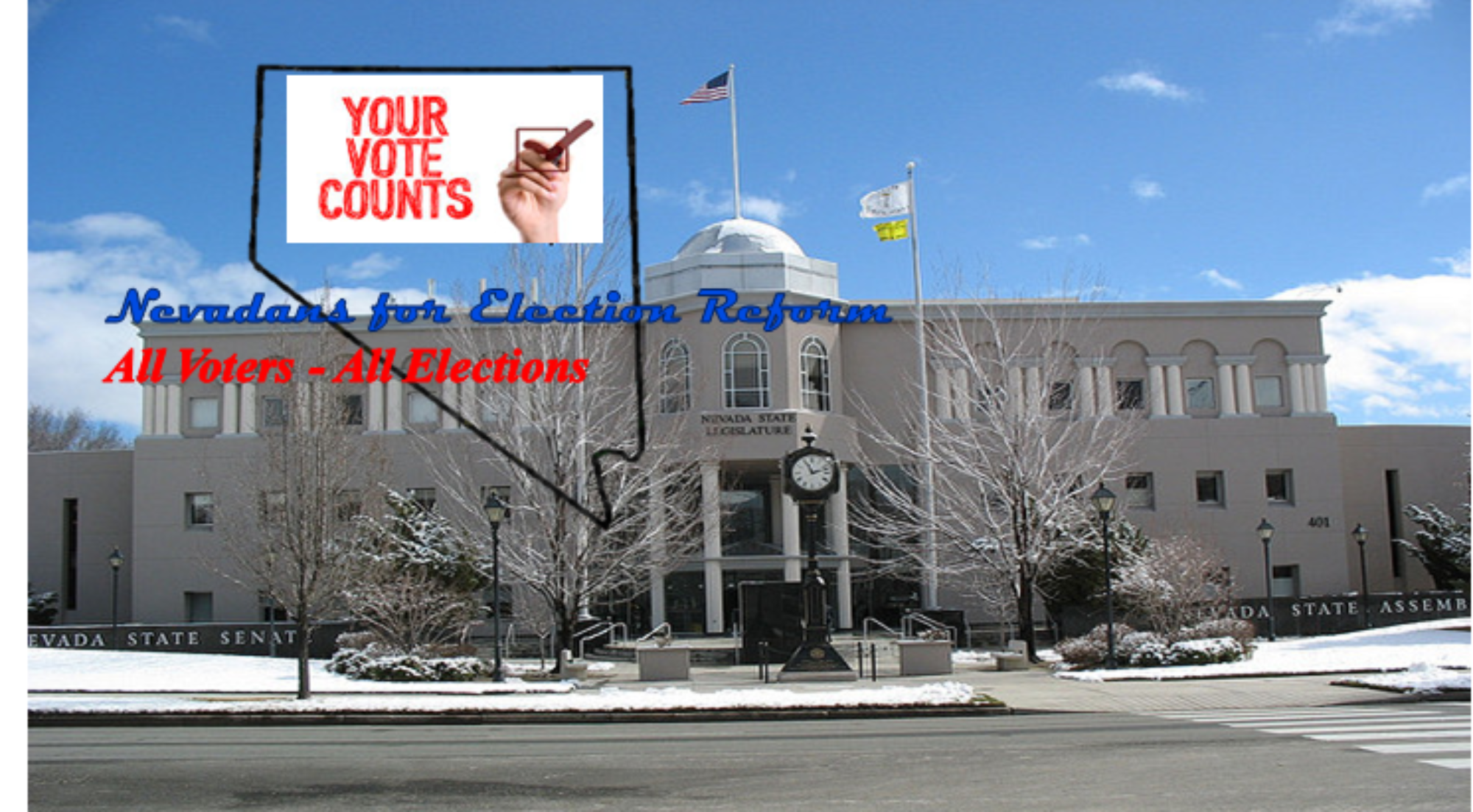Does making voting easy really encourage people to participate in elections? Will voters actually turn out in higher numbers if it’s easy? According to a report just released by Nonprofit Vote and the U.S. Elections Project, the answer is a resounding “YES”.
The report, titled “America Goes To The Polls 2018”looked at voter turnout in all 50 states, comparing the number of people who voted to the number of eligible voters (those of voting age not just the number registered to vote). What makes this report even more interesting is the 2018 mid-term election in November 2018 saw the largest overall turnout for a mid-term election in over 100 years. Bottom line, the states with the highest turnout make it easy. The states with the lowest turnout make it difficult.
Same Day Registration
Same day voter registration allows citizens who are eligible to vote but not registered to do so to register and vote. Currently 15 states allow same day registration on election day. An additional two states allow same day registration during early voting. Of those states, seven were in the top ten highest turnout states, including the top four. Conversely, seven of the bottom ten require voters to register no later than four weeks prior to the election.
Vote at Home (Vote by Mail)
Currently four states; Colorado, Oregon, Washington, and Utah. Of those, three ranked 2 (Colorado), 5 (Oregon), and 7 (Washington) in overall turnout. Utah, with an overall ranking of 23 had the highest turnout growth rate; 21.7% over 2014. Turnout for the 2018 primary election was also higher in those states compared to others; median 37.5% compared to 22%
Other notable achievements using vote at home:
Anchorage, Alaska experienced a record turnout after using all mail ballots in April 2018
California tested using all mail ballots in five counties. Turnout in those five was far greater than the remaining 53 counties
In their May 2018 primary, one county in Nebraska experienced 58% turnout compared to 24% statewide. Four additional counties implemented all mail ballots for the general election and saw similar results
Automatic Voter Registration
Automatic voter registration utilizes a state’s department of motor vehicles to automatically register or update a current voter registration easier. It is done by changing the process from an “opt-in” where a voter must request to register or update to an “opt-out” where registration or update is automatic unless the person declines. Currently five states have implemented automatic voter registration with another 12, including Nevada, pending implementation. States that use this process saw a median growth of registered voters of 11% between 2014 and 2018 as compared to 3% in all other states. California saw an increase in turnout of 18.8%, Georgia 16.4%
In Nevada, just over 80% of eligible voters are registered to vote.
The report goes on to look at the positive impacts of pre-registration for those 17 years old (Nevada does this), the use of non-partisan redistricting commissions to draw congressional, state, and local districts, and the use of ranked choice voting.
Not addressed in the report but worth introducing is the concept of online voting. Technologies such as blockchain are increasing the security of online transactions. The Utah Republican Party used online voting in their 2016 presidential caucus. West Virginia experimented with online voting in 2018. Also in 2018, Washoe County starting using blockchain to issue marriage certificates. The largest generation, the Millennials, have never not known computers. Younger Millennials have not been alive when there was not social media. Upcoming generations will most likely be totally reliant on technology to perform daily life activities. If we want these generations to fully participate in elections, the process must be familiar. I truly believe it a matter of when not if online voting will happen.
Voting must be convenient. It must be easy. It must be open to all eligible to participate. “America Goes To The Polls 2018” provides results and a roadmap.
